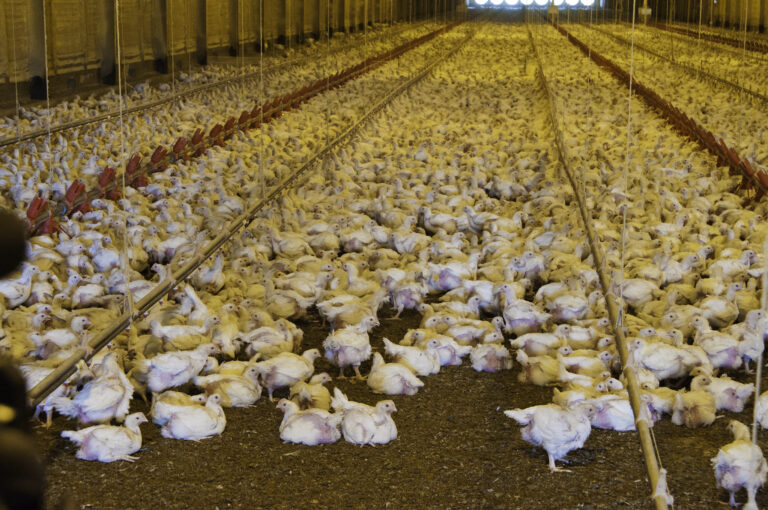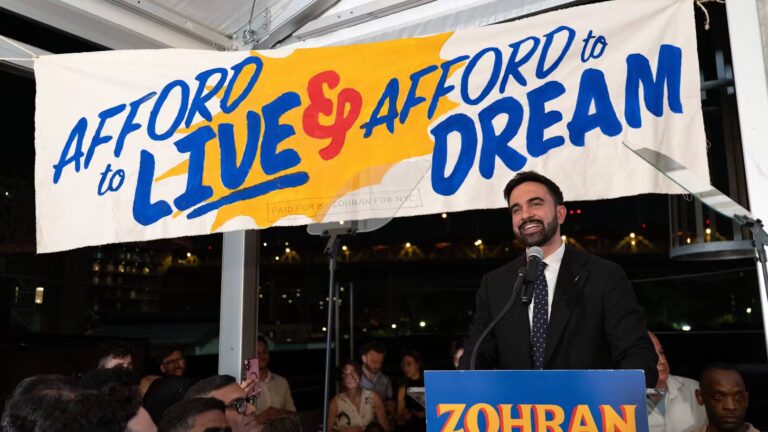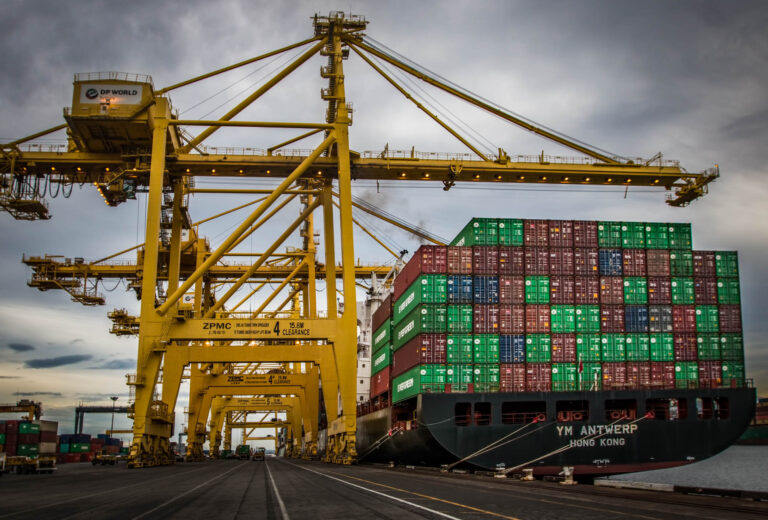A new survey by the Pew Research Center finds that over half of Americans view the decline in labor union density negatively, while just over a third see the traditional labor movement’s shrinking membership in a positive light. The results reflect a partisan divide: 53 percent of Republicans and Republican-leaning independents think the decline of organized labor is mostly good, compared to only 21 percent of Democrats and Democratic-leaning independents. 34 percent of Republicans and 68 percent of Democrats believe the decline is mostly bad. The survey also reveals that Americans tend to have a slightly better impression of unions (55% favorability) than they do of business corporations (53%).
NLRB Chairman John Ring announced in a letter to several lawmakers that the Board would move forward with rulemaking this summer to update its joint employer standard. As we previously reported, the Board began to consider rulemaking after a majority vacated the December 2017 Hy-Brand decision because of ethics concerns related to Board Member William Emanuel. The Hy-Brand decision sought to bar the Board from considering whether a potential joint employer exercised indirect control or reserved the right to control employees, both of which were allowed by the Obama-era Browning-Ferris decision. The Board’s Republican majority has struggled to find a new case to overturn Browning-Ferris that would not pose an ethics conflict for either Chairman Ring or Member Emanuel. In the letter, Ring defended notice-and-comment rulemaking as the best vehicle for revisiting the standard and dismissed concerns about his prejudgment.
The New York Times explores New York Governor Andrew Cuomo’s about-face on organized labor as he runs again for re-election. In his first term, Cuomo vowed to take on the state’s labor unions, freezing wages and slashing pensions for state workers. When he ran for re-election in 2014, the New York State United Teachers and state AFL-CIO withheld endorsements, while the Public Employees Federation backed his then-challenger Zephyr Teachout. Sensing a growing progressive tide, Cuomo later embraced union-supported causes like the $15 minimum wage and paid family leave in his second term. He also relaxed his positions on teacher evaluations and charter schools and mended fences with public employee unions by supporting improved wages and retirement benefits. Cuomo has the support of major unions this year, but lost the endorsement of the Working Families Party to progressive challenger Cynthia Nixon.
Yesterday the NewsGuild of New York announced that over ninety percent of staffers at The New Yorker signed union authorization cards. The group excludes staff writers, who the magazine classifies as independent contractors. Meanwhile, the Writers Guild of America East unveiled majority support for unionization among editorial, social, and photo staffers at Fast Company. Both unions are seeking voluntary recognition by management. The two campaigns are part of a larger wave of organizing at newsrooms and digital media companies.
Writing in the Harvard Business Review, former Wage and Hour Division Administrator David Weil situates the Supreme Court’s recent decision in Epic Systems within the broader legal landscape for worker voice. Weil explains that because most federal and state laws meant to protect workers are fashioned as individual rights, workers must both know about the laws in order to bring claims and not fear retaliation for coming forward. Without collective agents, rights are thus exercised “differentially.” Weil describes how unions once filled the role of collective agents, but now only do so in a small percentage of workplaces. Class action lawsuits have provided a necessary alternative, but no longer now that Epic Systems has upheld the validity of class action waivers buried in forced arbitration clauses. Weil writes that workers also cannot exercise voice simply by quitting because of the proliferation of noncompete agreements.






Daily News & Commentary
Start your day with our roundup of the latest labor developments. See all
December 12
OH vetoes bill weakening child labor protections; UT repeals public-sector bargaining ban; SCOTUS takes up case on post-arbitration award jurisdiction
December 11
House forces a vote on the “Protect America’s Workforce Act;” arguments on Trump’s executive order nullifying collective bargaining rights; and Penn State file a petition to form a union.
December 8
Private payrolls fall; NYC Council overrides mayoral veto on pay data; workers sue Starbucks.
December 7
Philadelphia transit workers indicate that a strike is imminent; a federal judge temporarily blocks State Department layoffs; and Virginia lawmakers consider legislation to repeal the state’s “right to work” law.
December 5
Netflix set to acquire Warner Bros., Gen Z men are the most pro-union generation in history, and lawmakers introduce the “No Robot Bosses Act.”
December 4
Unionized journalists win arbitration concerning AI, Starbucks challenges two NLRB rulings in the Fifth Circuit, and Philadelphia transit workers resume contract negotiations.